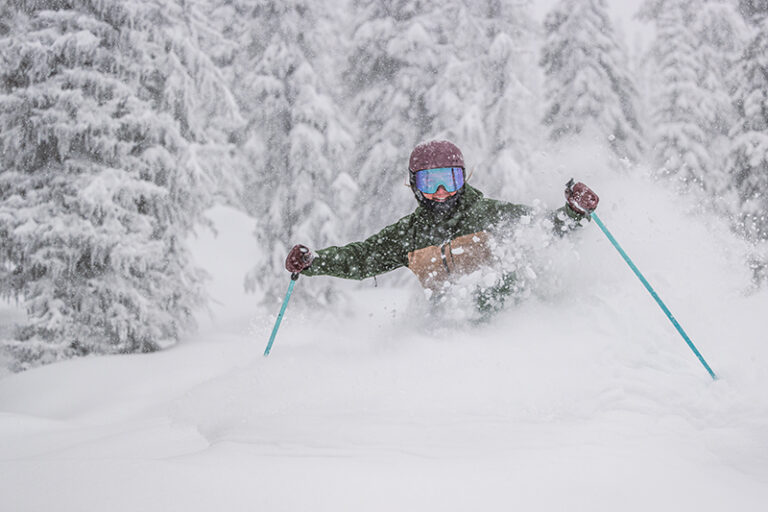Oregon’s Grande Ronde River is an ideal entry-level multi-day raft trip.
Cover photo courtesy Paul Delaney
By Paul Delaney
Making that first dip of an oar or paddle to experience the right river for a multi-day excursion can be a daunting task. There are many in the Pacific Northwest from which to choose, including the wild ones like Idaho’s Salmon, Hells Canyon or Selway—your biggest challenge is first to land the permit. But one of the best wilderness experiences not dictated by a lottery is northeast Oregon’s Grande Ronde.
While the river offers other sections, this prescribed Minam to Troy section is just shy of 50 miles long with most of those being roadless. It’s an ideal intro river for the newbie who wants to fine-tune rowing skills and is perfect for families. However, like other wilderness destinations, everyone seems to have discovered this Class II stream.
The run officially begins on the Wallowa River at Minam along Oregon State Route 82. This is where the Minam River merges and offers the best—but likely very crowded —access. This is also where self-issue permits need to be filled out. Members of the Oregon State Patrol will likely be on the river checking for those, as well as toilets, firepans and invasive species tags.
The Wallowa section might have the best “spunk” of the 46-miles with a series of five Class II rapids including Minam Roller, House Rock and Blind Falls. The runs are all very straight forward.

A suggested strategy is to try to find a camp before the Wallowa’s confluence with the Grande Ronde at Rondowa (marked by the railroad bridge), but those spots are quite slim. Once on the Grande Ronde, the next 10 miles have the only notable rapids, a pair of Class II’s in Sheep Creek and Martin’s Misery.
Camps are plentiful on both sides of the river, but again, be mindful that everyone seems to have discovered this river. If one is fortunate to have found a great camp and has a bit of time to kill, schedule a “layover day” where you can laze around and soak in the experience.
Like many favorite wilderness settings, this canyon with large stands of timber has its share of wildfire in recent years. It does not, however, spoil the on-the-water experience.
The run to the take outs, either Powwatka Bridge (river mile 53) or Troy (RM 45), have no whitewater to speak of, but do have constant flow. Shuttles, while seemingly short as the crow flies, involve plenty of elevation gain both coming and going. It is slow going on winding and dusty gravel roads.
While there is plenty of information available on the Internet, if possible, try to locate a priceless copy of John Garren’s “Oregon River Tours” or the latest edition of “Soggy Sneakers” for more info.
Paul Delaney has now been whitewatering for 44 years. He encourages rafters to be part of the Northwest Whitewater Association, a Spokane-based organization dedicated to the sport.













